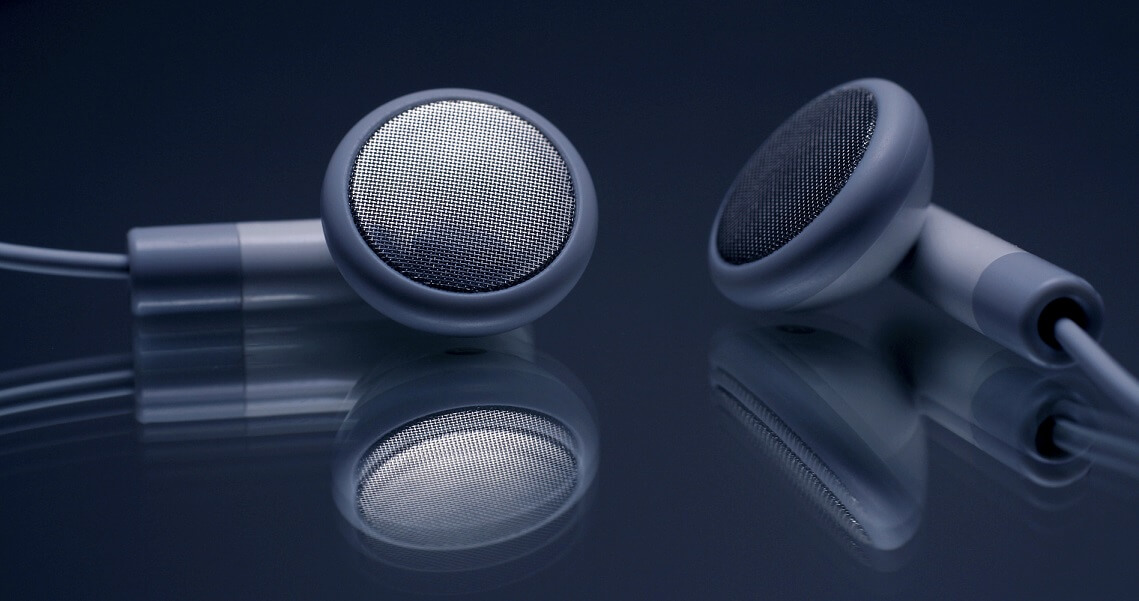Headphones are included with almost every purchase of a smartphone or MP3 player. However, they are usually only a stopgap solution for people who want to listen to good music in good quality while on the move. The crucial question before buying headphones: Should they be in-ear headphones that fit snugly in your ears – or on-ear headphones that rest on your ears and are held in place by a bracket?
It was only a few years ago that the little white iPod headphones were a statement, and not only celebrities wore them. But often they were not even in-ear headphones as we know them today. Because they were more or less in the auricle and sometimes fell out during head movements. Today, professional sportsmen and women in particular like to show off their skills with rather large in-ear headphones, such as the Bose models. For sports, on the other hand, in-ear headphones are much more practical.
What speaks for and against in-ear headphones
First we take a closer look at in-ear headphones:- In-ear headphones are very light and very small – and can therefore be stowed in any small bag.
- The models sit quite firmly in the ear. In order to make this work, different size attachments are often included in the delivery. If that’s not enough for you: the acoustician can make so-called earmoulds to fit your own ears.
- By “plugging in” the ear canal is literally shielded, external noise remains almost completely outside with high-quality models, so that the volume does not have to be turned up completely. This shielding from the environment also ensures a full sound, especially good bass.
- Disadvantages: With in-ear headphones, you can’t hear much of your surroundings acoustically. Because these models sit very close to the eardrum and the sound can hardly escape, they are not necessarily recommended from a medical point of view, especially when listening to music for a long time and very loudly.
What speaks for and against on-ear headphones?
Before answering this question, one more explanation: on-ear headphones, which are the subject of this article, are only on the ears. This is how they differ from the over-ear models, which completely enclose the ears.- On-ear headphones are heavier than in-ear models and usually bulkier. Nevertheless, there are some models that can be partially folded, which saves space during transport.
- Perhaps a matter of taste: on-ear models are more comfortable to wear. Quite a few people find the in-ear plugs a kind of foreign body in the ear.
- Depending on the manufacturer and model, on-ear headphones allow more or less external noise. So you are usually not completely out of the world and as a pedestrian you are more likely to hear a police siren than with in-ear devices.
- Because the headphones are placed further away from the eardrum on the ears, the health risks are not quite as high. However, as the volume has to be turned up more because of the outside noise, it is also not advisable to listen to music for a long, continuous and loud time.
- If you wear glasses and/or earrings, it is absolutely necessary to make sure that the headphones do not pinch in on-ear models.
What can be said about the sound?
This is actually often a question of faith or taste. On-ear headphones are usually said to have a more spatial and natural hearing sensation. In-ear models often score points with powerful bass. Overall, the manufacturers of many in-ear models have caught up in terms of sound and don’t need to hide from the competition outside the ear. That’s why you should also consider what in-ear or on-ear headphones you usually use them for when you decide to buy them.
Picture source: Fotolia / 17235097 / Alexander Schuchnig











